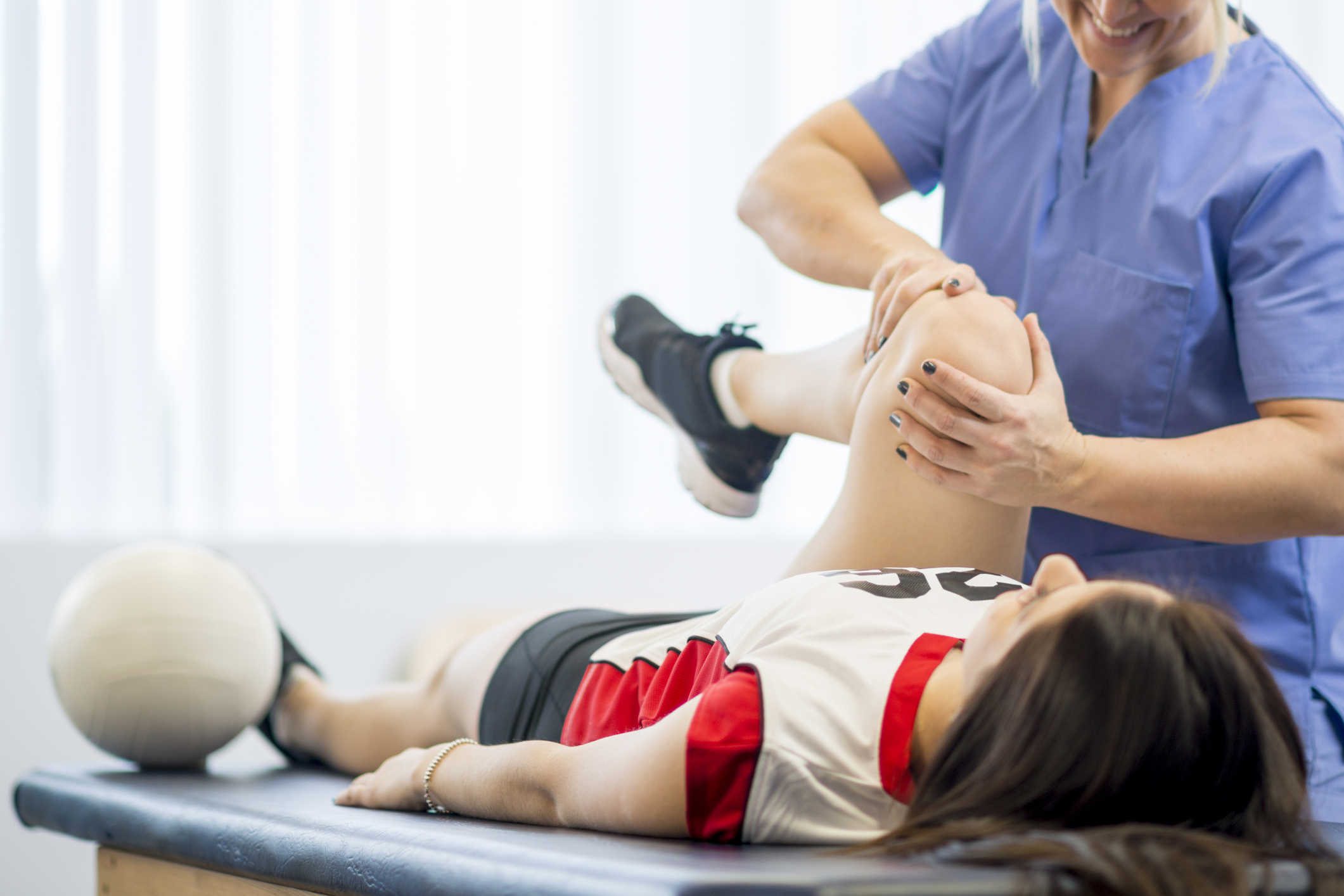

Sports injuries occur during exercise or while participating in a sport. Children are particularly at risk for these types of injuries, but adults can get them, too.
You’re at risk for sports injuries if you:
Read on to learn more about sports injuries, your treatment options, and tips for preventing them in the first place.
Different sports injuries produce different symptoms and complications. The most common types of sports injuries include:
If your doctor suspects you have a sprain or strain, they may recommend you follow the RICE method.
Submit an inquiry or call - whats-app at 9990005599 to speak with one of our friendly staff.
© Copyrights 2019 Free Doctor Helpline
Designed and Developed by ITMNC Group